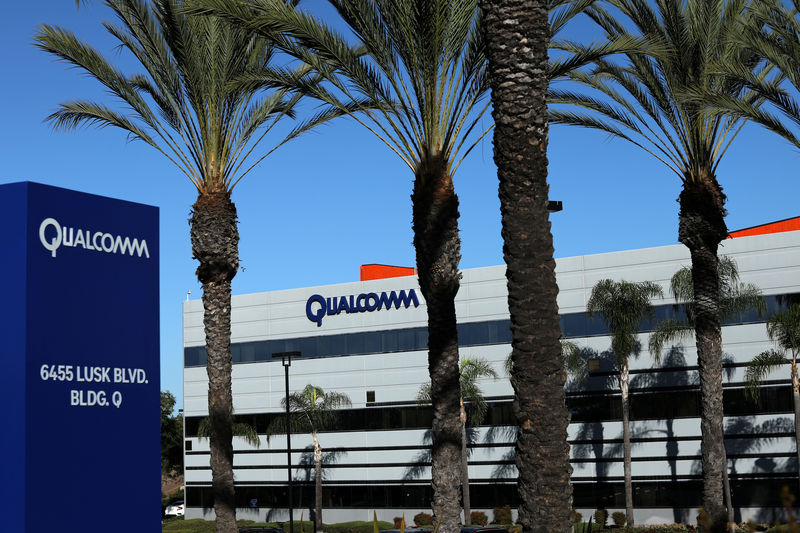[ad_1]
© Reuters. FILE PHOTO: The Apple iPhone 14 Pro is seen at the Apple Fifth Avenue store in Manhattan, New York City, U.S., September 16, 2022. REUTERS/Andrew Kelly/File Photo
By Stephen Nellis
SAN LUIS OBISPO, Calif. (Reuters) – Apple Inc (NASDAQ:)’s iPhone 14 models contain a Qualcomm (NASDAQ:) Inc chip that can talk to satellites, but have additional custom-designed Apple components used in the phone’s biggest new feature, according to an analysis of the phone by iFixit and an Apple statement.
Apple released its iPhone 14 lineup on Friday. One of the major new features is the ability to connect to satellites to send emergency messages when there is no WiFi or cellular data connection.
Apple said earlier this month that the iPhone 14 models contain new hardware that makes possible the emergency message service, which Apple plans to turn on with a software update coming in November. Apple did not give details about the satellite-specific hardware.
iFixit, a San Luis Obispo, California-based firm that disassembles iPhones and other consumer electronics to assess how easily they can be repaired, took apart an iPhone 14 Pro Max model on Friday, revealing a Qualcomm X65 modem chip.
The Qualcomm chip provides 5G connectivity for cellular networks but is also capable of using what is called band n53, the frequency band used by satellites from Globalstar (NYSE:).
Globalstar earlier this month announced a deal in which Apple will take up to 85% of Globalstar’s satellite network capacity to enable Apple’s new emergency messaging feature.
In a statement to Reuters on Saturday, Apple said there is additional proprietary hardware and software in the iPhone 14 for the new messaging feature.
“iPhone 14 includes custom radio frequency components, and new software designed entirely by Apple, that together enable Emergency SOS via satellite on new iPhone 14 models,” Apple said in a statement.
Qualcomm did not immediately respond to a request for comment.
[ad_2]
Image and article originally from www.investing.com. Read the original article here.

